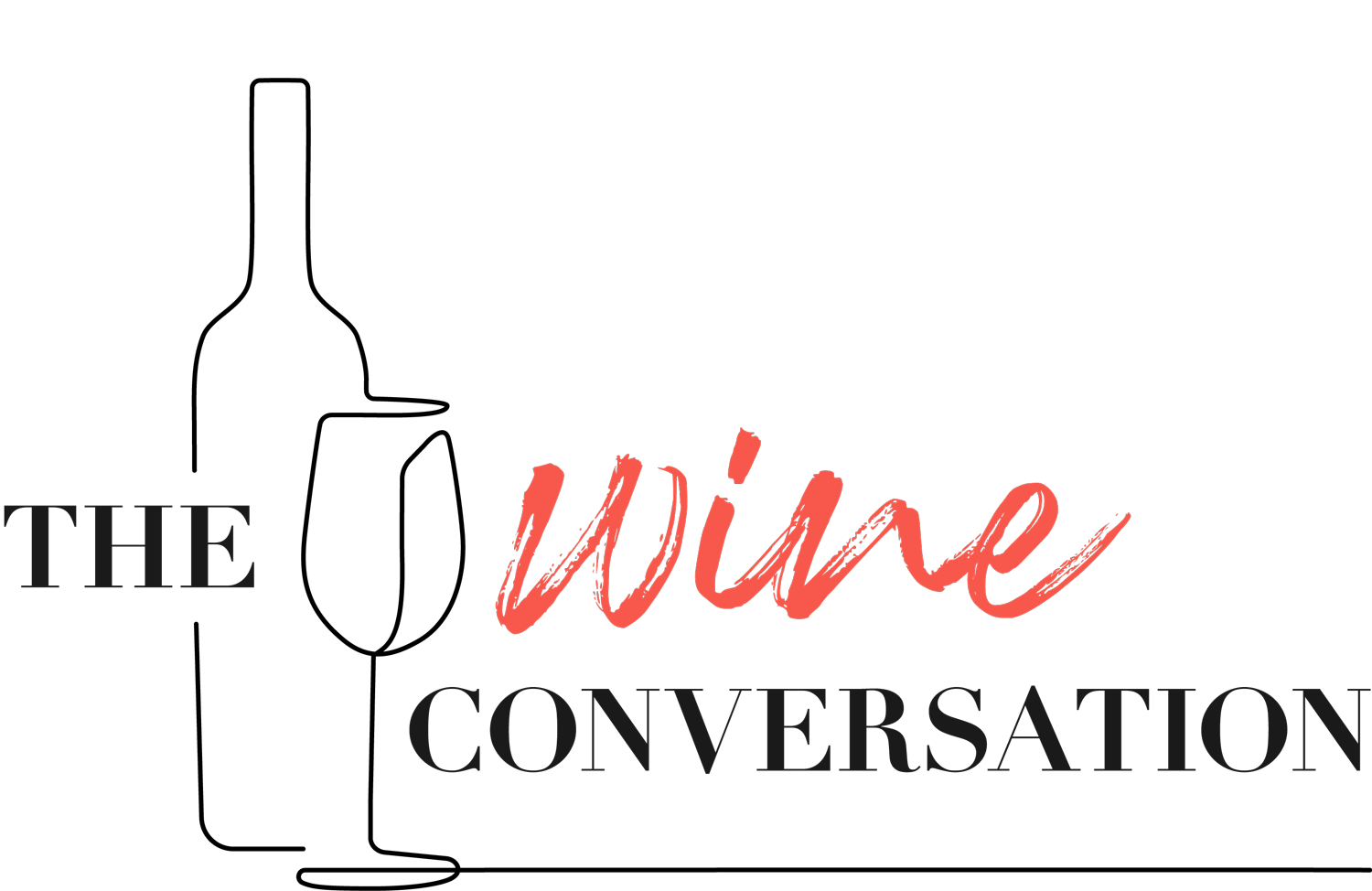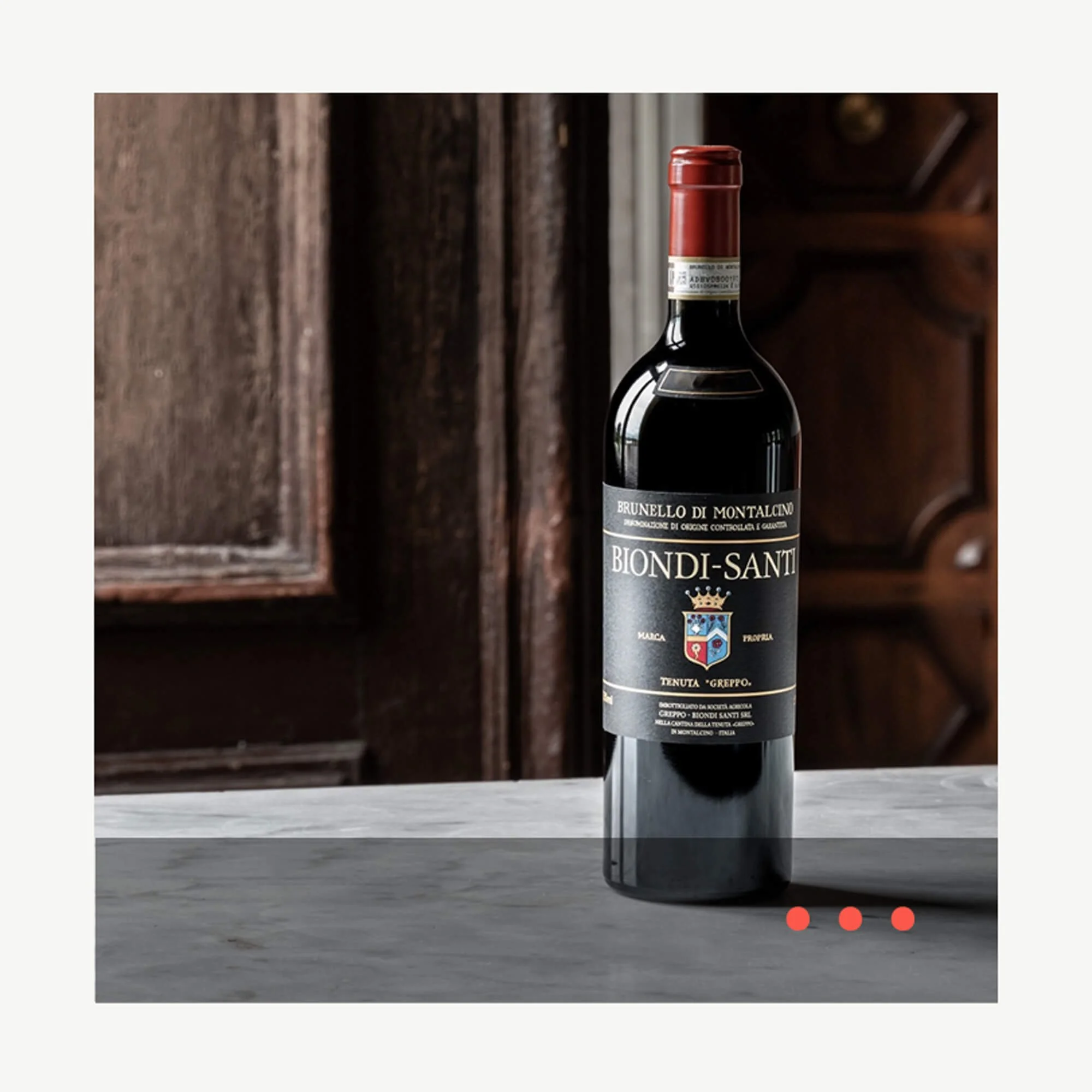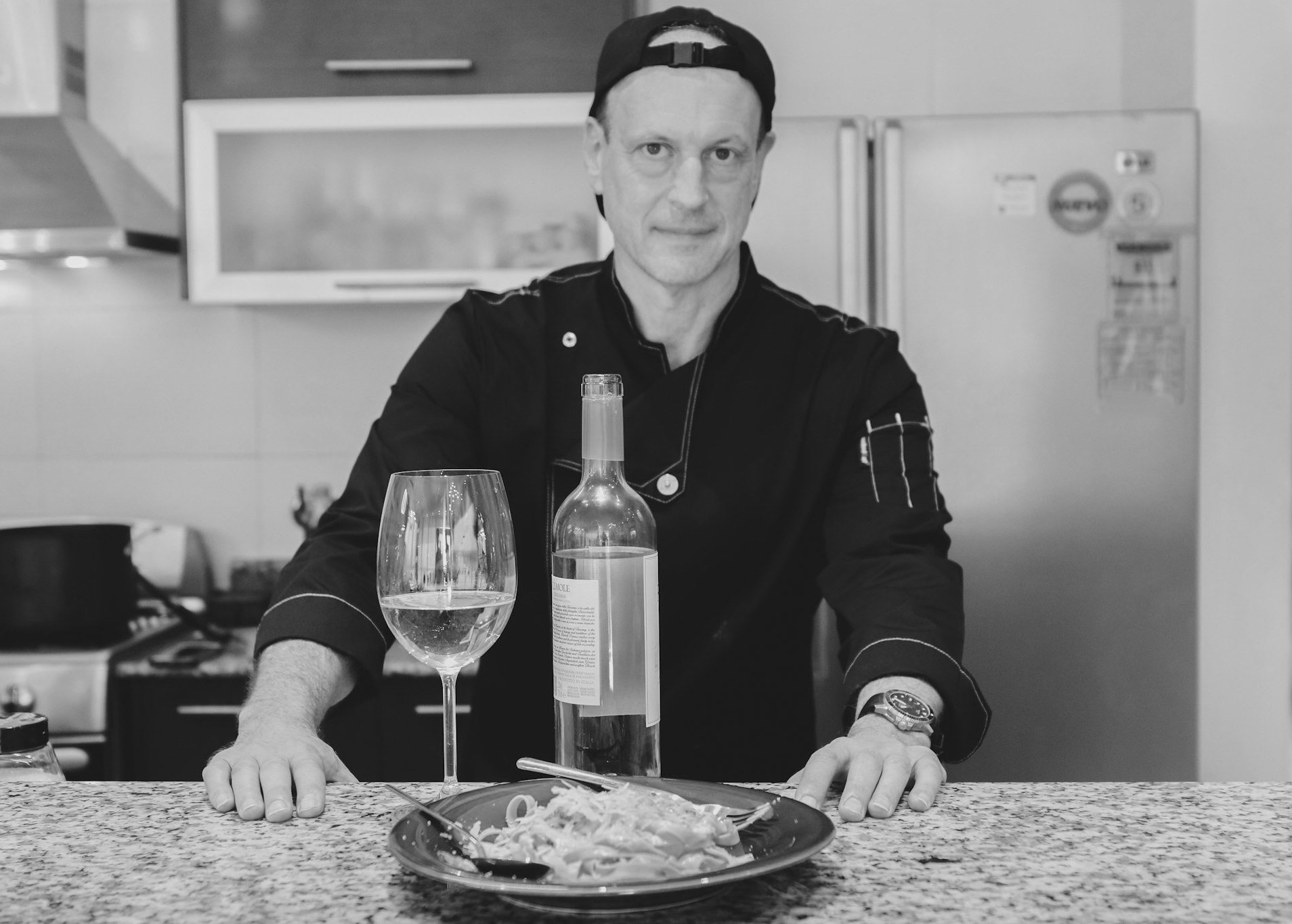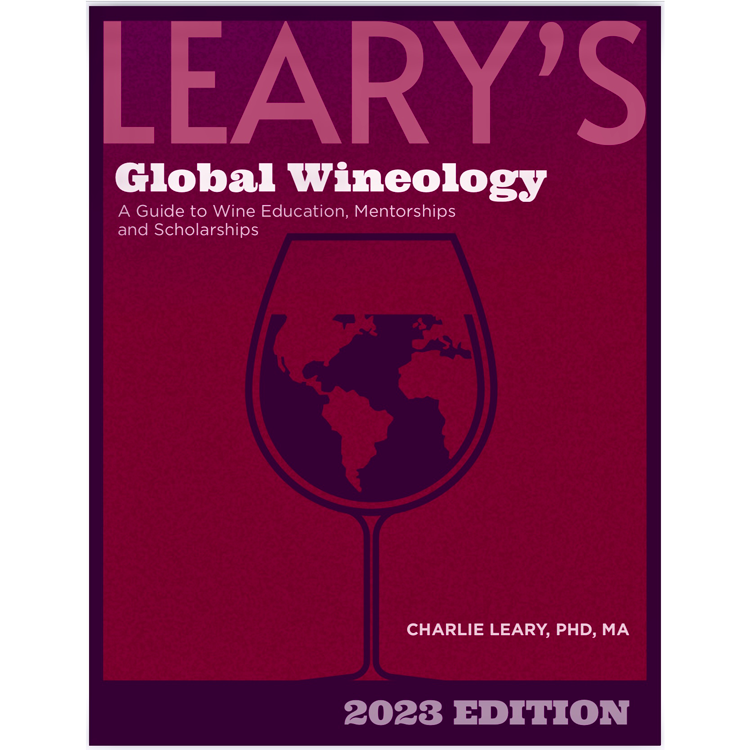✒ Great Wine Education Courses Pt 1
with Charlie Leary
Many intriguing wine education programs exist beyond the well-known levels of the Wine & Spirit Education Trust and the Court of Master Sommeliers.
My new book, a guide to wine education offerings worldwide catalogs them, and one recent newcomer particularly caught my attention (and that of Jane Anson too, when we talked last January). It goes under the somewhat lengthy sobriquet of “Diplôme Universitaire “Vers le terroir par la dégustation géosensorielle”, or University Diploma “Towards terroir by geosensorial tasting”, from the University of Strasbourg.
The intrigue in this curriculum stems from its focus on a new way of wine tasting that centers on sensations and impressions on the palate (with less emphasis on nose and color; black glasses are used) and their links to an identifiable terroir. Defined as “continuing education,” the program starts with vineyards soils and topography, being mainly under the direction of the University’s Department of Geography but also relies on the abundant Alsace domains and their fabulous winegrowers nearby.
Offered in French, the course is oriented towards viti-vini professionals, specialists in tourism, gastronomy and sommellerie, journalists as well as “informed amateurs,” in short anyone “wishing to deepen their knowledge of the terroirs and their practice of tasting.” What will you learn? Goals include comprehending the elements necessary to define a “wine of place,” “valorize terroirs,” develop a broader and new way of discussing great wines transcending “only analytical and aromatic considerations” to provide a “precise evaluation of the taste structures born of terroir,” and even apply all that to viticultural practices.
Centreplace belong to geosensorial tasting. Julien Camus, the founder of the Wine Scholar Guild, both completed the program and now helps teach it. In my “wine conversation” with him, he defined the geosensorial approach:
Ultimately, it is somewhat a return to how wine was tasted before the advent of analytical tasting as the leading model. It is a tasting method in which the focus is not placed on aromatics or on dissecting a wine’s structural components (acid, sugar, tannins, alcohol), but on what’s happening in the mouth as a whole. It is a more holistic approach.
A lot of the criteria have to do with tactile sensations. Luckily, the lexicon for tactile perceptions is rather simple and accessible to all, from beginners to connoisseurs. Is a wine thin or thick? Fluid or viscous? Tense or relaxed? Grainy, powdery, or smooth? Irritating or caressing? Firm or supple? Hollow or dense? It is surprising to see how comfortably people with no wine tasting experience can answer these questions with quite a good level of confidence. They just get it.
The University adds that the geosensorial way of tasting detects differences according to the characteristics of a place (the mother rock and soils and the micro- and meso-climates, in particular, but also all characteristics of a place). Faculty include local winemakers, and the program offers over 220 hours of instruction for around 3300 euros. Instruction is all in-person in Strasbourg with numerous field trips. One can start the application process online.
RELATED POSTS
Keep up with our adventures in wine







John Stimpfig talks to Axel Heinz, who caused shockwaves last year when he left Ornellaia and Masseto to head back to Bordeaux to run Château Lascombes.